Sea Star
Por um escritor misterioso
Last updated 06 julho 2024

You probably know sea stars as starfish, the name sea stars are commonly known by. But sea stars aren’t really fish. Sea stars, like sea urchins and sand dollars, do not have backbones, which makes them part of a group called invertebrates. Fish have backbones, which makes them vertebrates. Got it? Most sea stars sport spiny skin and five arms, although some can grow as many as 50 arms. The arms are covered with pincerlike organs and suckers that allow the animal to slowly creep along the ocean floor. Light-sensitive eyespots on the tips of the arms help the sea star find food. Favorites on the menu include mollusks such as clams, oysters, and snails. The sea star eats by attaching to prey and extending its stomach out through its mouth. Enzymes from the sea star’s stomach digest the prey. The digested material enters the sea star’s stomach. Tiny organisms can be swallowed whole. Sea stars occupy every type of habitat, including tidal pools, rocky shores, sea grass, kelp beds, and coral reefs. Some sea stars even live in sands as deep as 20,530 feet (9,000 meters). Sea stars aren’t social creatures, but they will congregate in large groups during certain times of the year to feed.
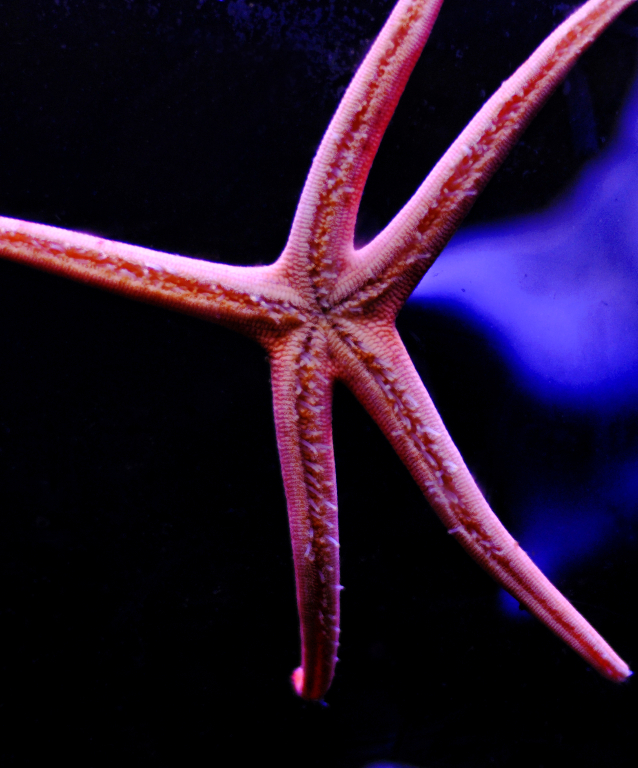
Discover the Sea Star, Our Animals
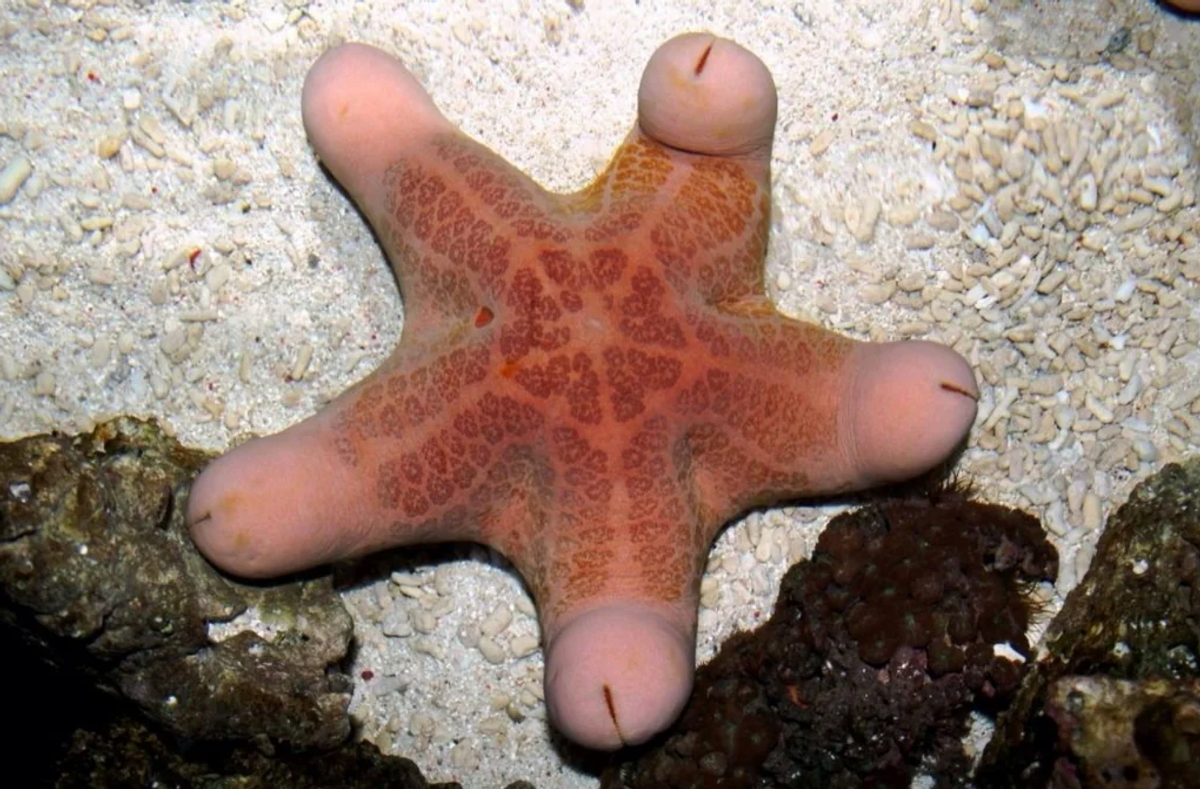
Is This Phallic-Looking Starfish for Real?

Sea Star

Pisaster brevispinus - Wikipedia
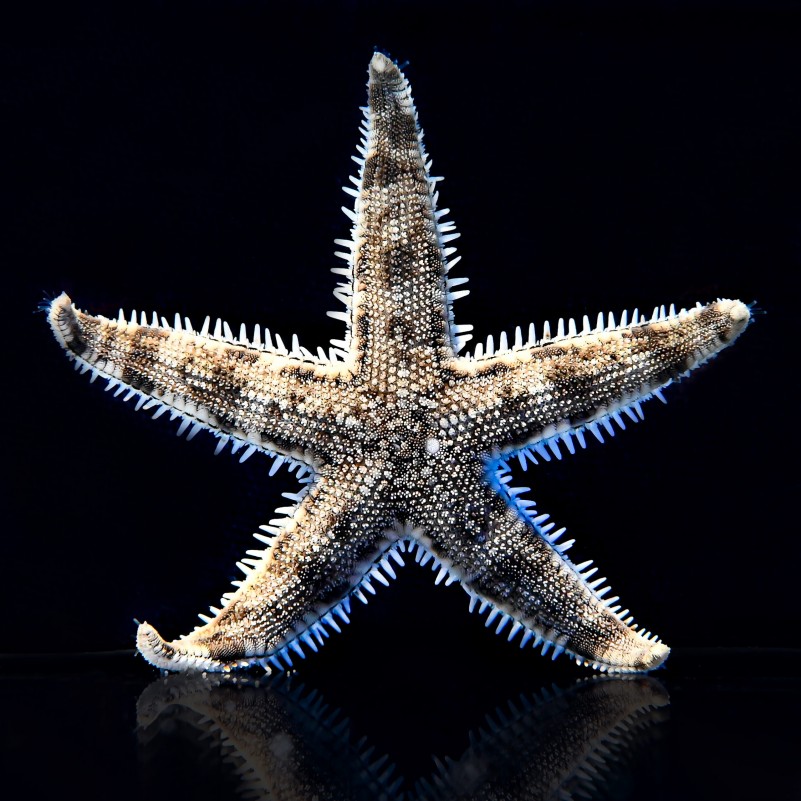
Archaster Typicus - Sand Sifting Sea Star

Disease nearly wiped out sea stars on California's Central Coast
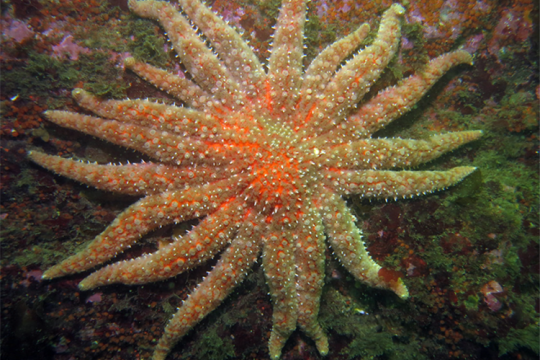
Sunflower Sea Star

Biscuit Sea Star - The Australian Museum

Ochre Sea Star – Oregon Conservation Strategy
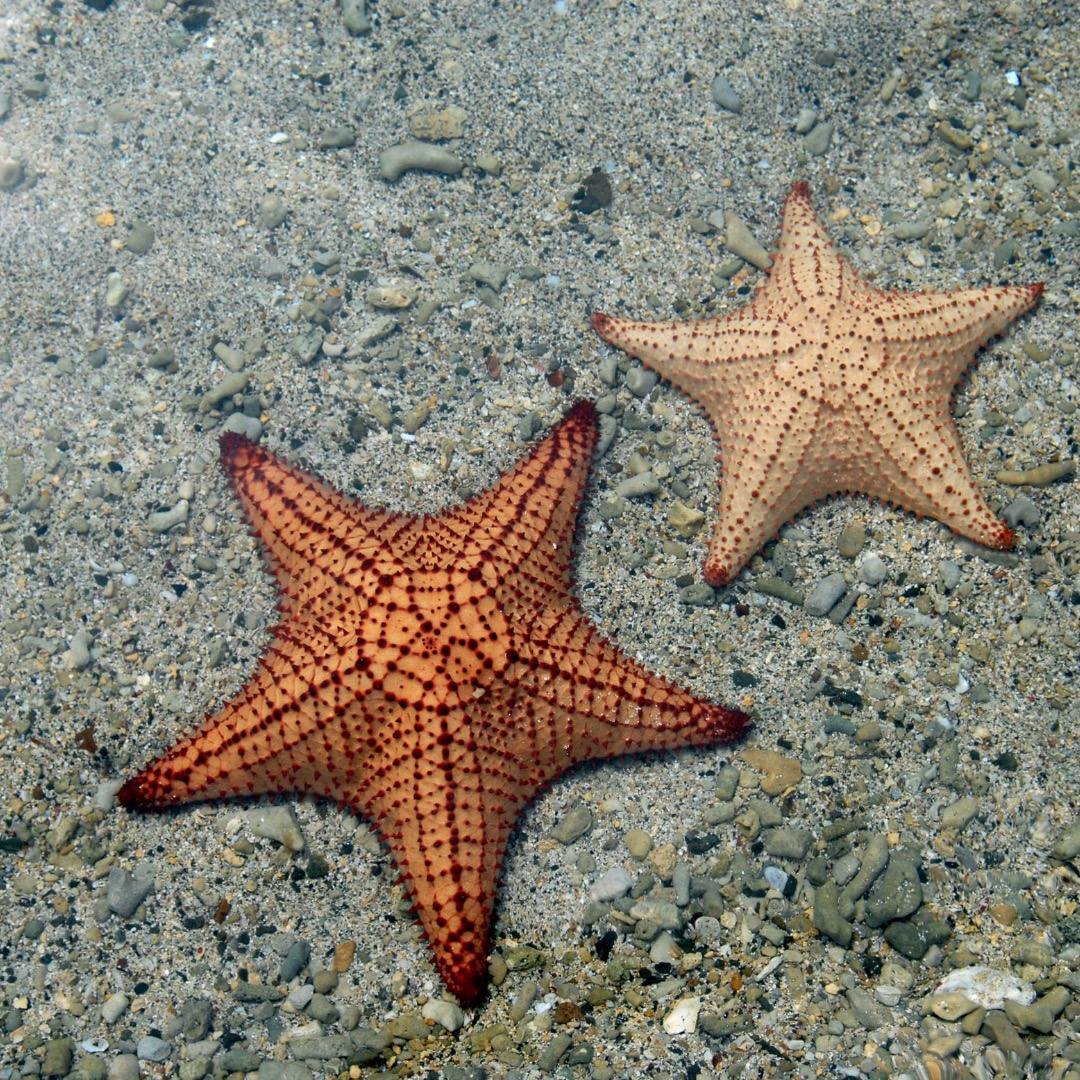
Red Cushion Sea Star (Oreaster reticulatus) - ANGARI Foundation

Sea star listed as critically endangered following research by
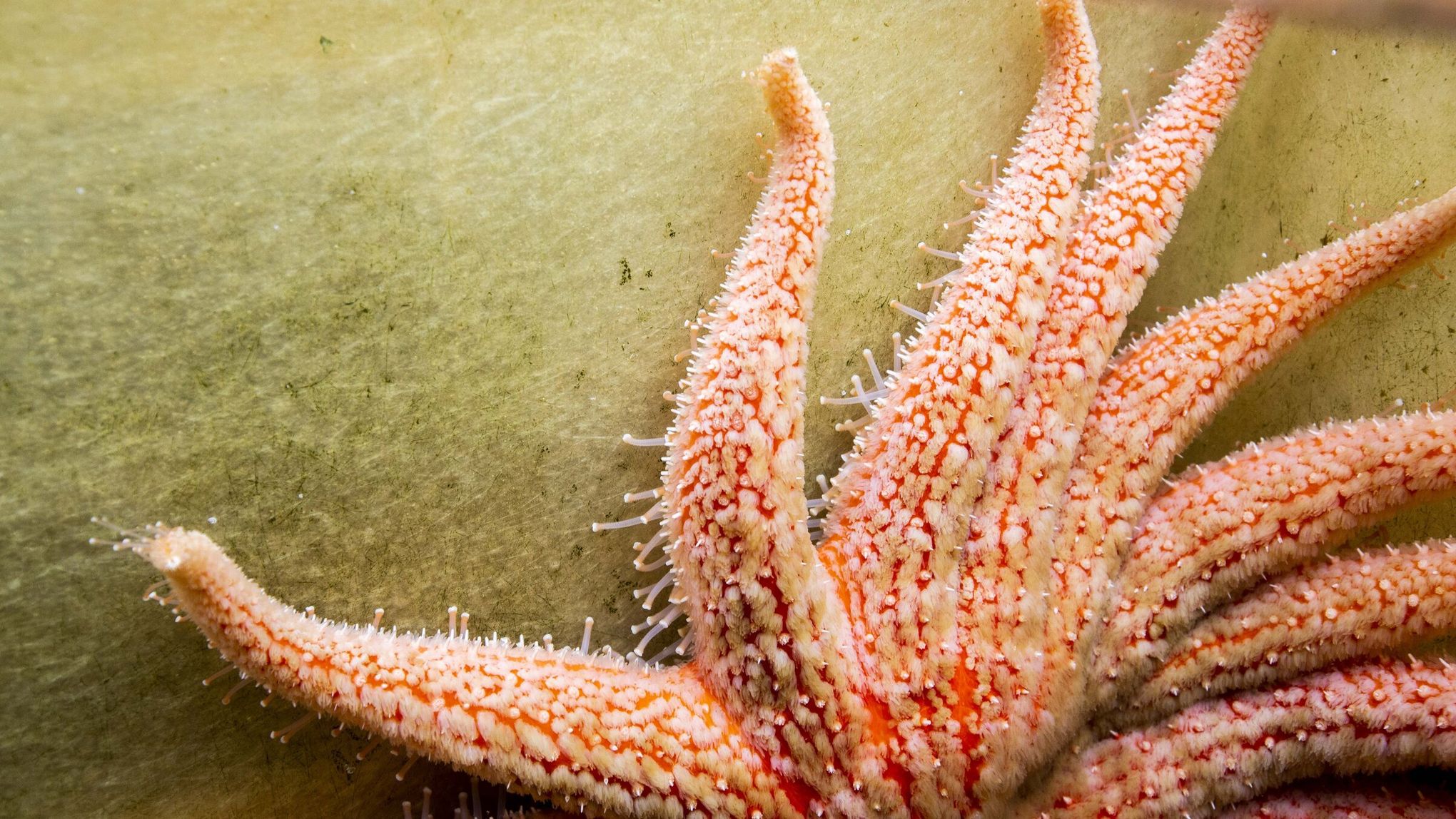
What happened to sunflower sea star? This lab is working to find
Recomendado para você
-
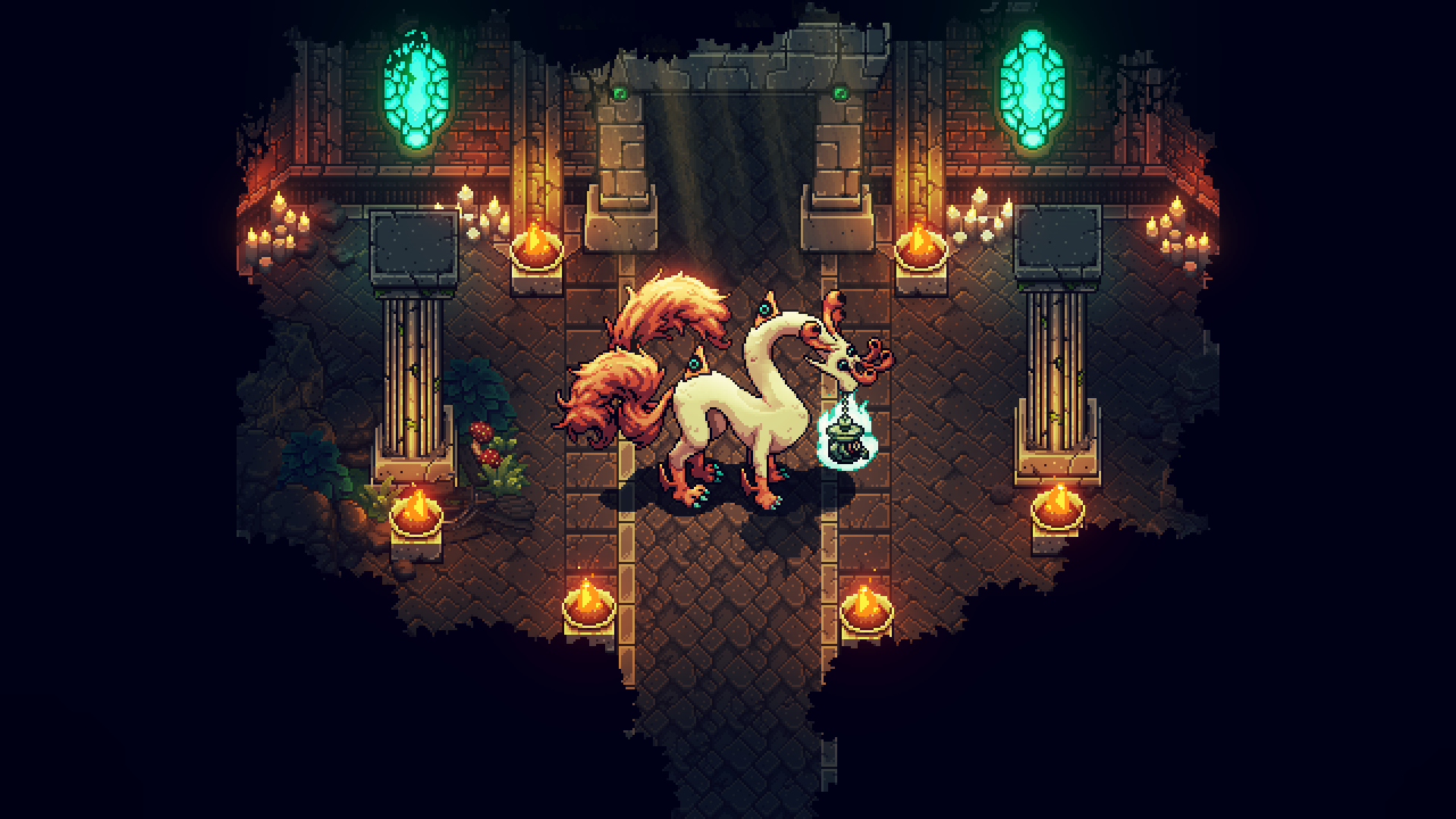 Ancient Crypt, Sea of Stars Wiki06 julho 2024
Ancient Crypt, Sea of Stars Wiki06 julho 2024 -
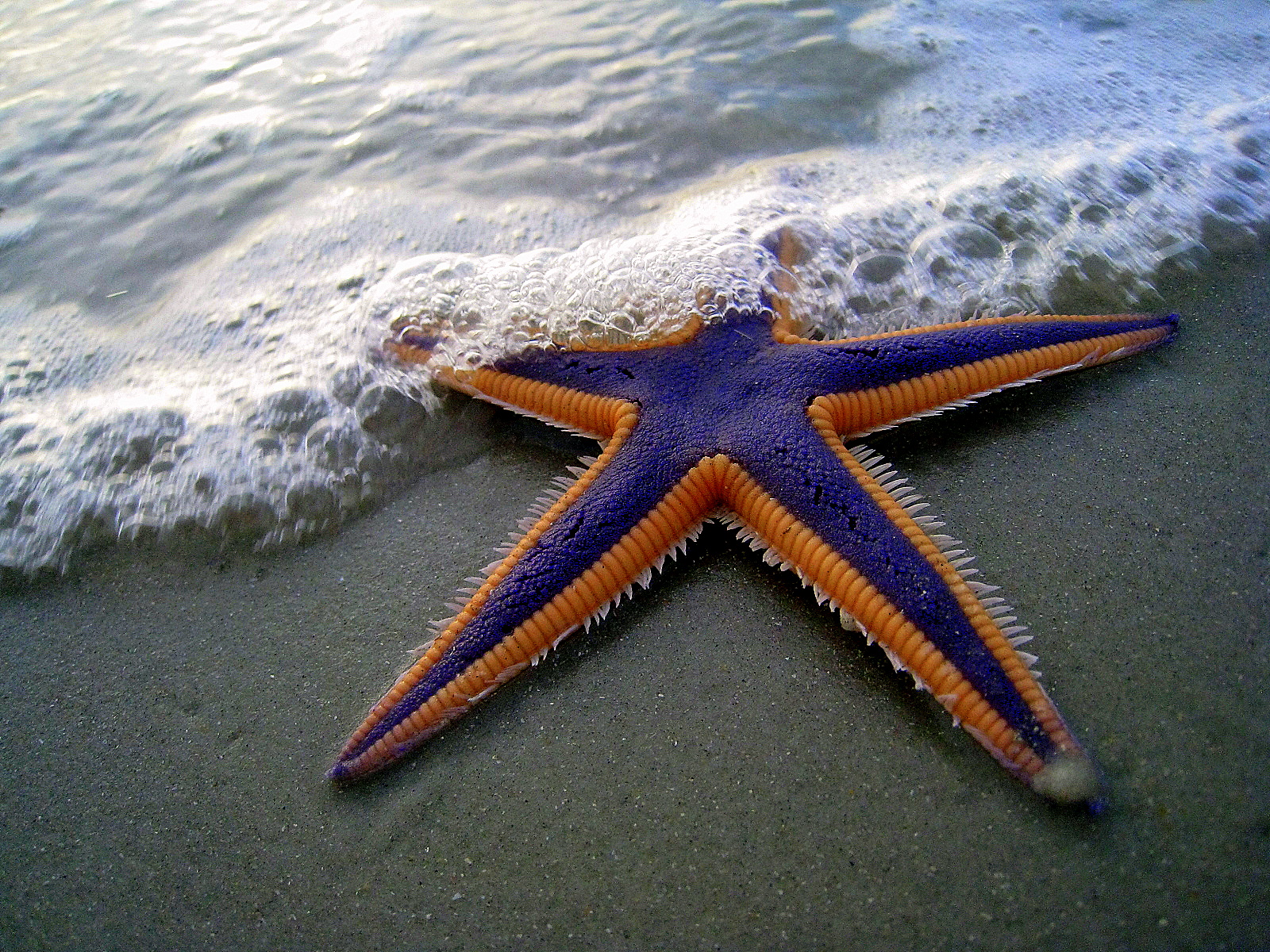 Astropecten articulatus - Wikipedia06 julho 2024
Astropecten articulatus - Wikipedia06 julho 2024 -
PUBG Mobile Southeast Asia Stars - Liquipedia PUBG Mobile Wiki06 julho 2024
-
 Elder Mist, Sea of Stars Wiki06 julho 2024
Elder Mist, Sea of Stars Wiki06 julho 2024 -
 MV Gemini Itinerary, Current Position, Ship Review06 julho 2024
MV Gemini Itinerary, Current Position, Ship Review06 julho 2024 -
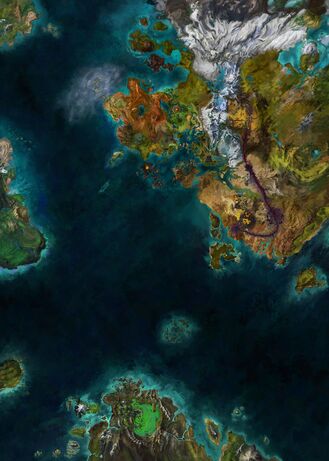 Map - Guild Wars 2 Wiki (GW2W)06 julho 2024
Map - Guild Wars 2 Wiki (GW2W)06 julho 2024 -
 Starscream (Movie) - Transformers Wiki06 julho 2024
Starscream (Movie) - Transformers Wiki06 julho 2024 -
 Independence Of The Seas Itinerary, Current Position, Ship Review06 julho 2024
Independence Of The Seas Itinerary, Current Position, Ship Review06 julho 2024 -
 Stars Facts, Information, History & Definition06 julho 2024
Stars Facts, Information, History & Definition06 julho 2024 -
 Sea of Stars Endings Guide, How to Unlock the True Ending06 julho 2024
Sea of Stars Endings Guide, How to Unlock the True Ending06 julho 2024
você pode gostar
-
 Baixe Classic Uno Online no PC06 julho 2024
Baixe Classic Uno Online no PC06 julho 2024 -
Filmes De Terror - A verdadeira história de Jeff The Killer A lenda começou no em 3 de outubro de 2008, quando usuário Sesseur enviou o vídeo de 2,5 minutos de06 julho 2024
-
 Five Night's At Freddy's XBOX Series X Gameplay (Nights 1-306 julho 2024
Five Night's At Freddy's XBOX Series X Gameplay (Nights 1-306 julho 2024 -
 Pin on Products06 julho 2024
Pin on Products06 julho 2024 -
 GBG #022 - Dragon Castle - Papo de Louco - Gambiarra Board Games06 julho 2024
GBG #022 - Dragon Castle - Papo de Louco - Gambiarra Board Games06 julho 2024 -
 Why Is Nicolas Cage Looking At Pedro Pascal? TikTok's 'Make Your06 julho 2024
Why Is Nicolas Cage Looking At Pedro Pascal? TikTok's 'Make Your06 julho 2024 -
 MTGNexus - Glaurung, Father of Dragons06 julho 2024
MTGNexus - Glaurung, Father of Dragons06 julho 2024 -
lirik kokoro no chizu one piece|TikTok Search06 julho 2024
-
 ✓CODES 🅾🅲🆃🅾🅱🅴🆁 BUILD A BOAT FOR TREASURE👑 2020💎BUILD06 julho 2024
✓CODES 🅾🅲🆃🅾🅱🅴🆁 BUILD A BOAT FOR TREASURE👑 2020💎BUILD06 julho 2024 -
 Tensei Shitara Slime Datta Ken Chapter 108: Tournament - Finals Part 306 julho 2024
Tensei Shitara Slime Datta Ken Chapter 108: Tournament - Finals Part 306 julho 2024


